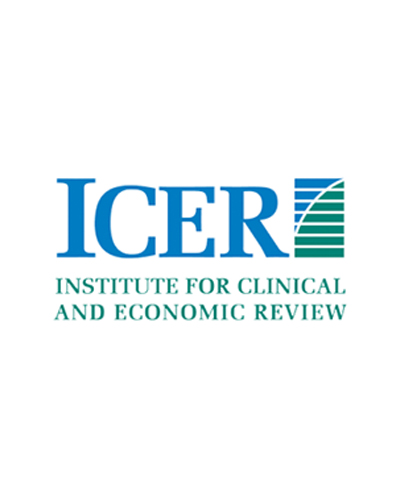
An influential group that studies the economic burden of medical care has temporarily removed from its website a draft report about the cost-effectiveness of drugs to treat rheumatoid arthritis amid questions about the modeling researchers used in their analysis.
The group initially did little to explain the move, despite having issued a press release for the document last week, replacing the report’s page with a brief statement:
ICER is reevaluating its approach to the Draft Evidence Report and the Draft Voting Questions. We will update this site as needed.
However, after Retraction Watch inquired about the withdrawal, the group has updated its website with some information.
The Institute for Clinical and Economic Review (ICER), which is based in Cambridge, Mass., issued the draft document on September 26. In a press release (now removed) announcing the report, ICER stated:
The Institute for Clinical and Economic Review (ICER) today released a Draft Evidence Report assessing the comparative clinical effectiveness and value of treatments for rheumatoid arthritis (RA). … ICER conducted economic analyses on the hēRo3 modeling platform to assess the long-term cost-effectiveness of these therapies. Consistent with our model transparency program, ICER is able to …securely share the economic model with manufacturers to better inform their public comments on this draft report.
A post on FiercePharma, which first reported the take-down, said the document raised questions about the cost-effectiveness of three new RA drugs:
AbbVie’s Humira follow-up Rinvoq, Pfizer’s Xeljanz, and Eli Lilly and Incyte’s Olumiant. The first draft suggested that Rinvoq and Xeljanz offer “marginal” clinical benefits and that there isn’t enough data on Olumiant to do a proper cost-effectiveness analysis on it.
Revised report planned within a few days
Tuesday night, David Whitrap, the vice president for communications and outreach at ICER, told us:
Through discussions among our internal experts, we believe we have developed an approach to modeling these treatments in a manner that will be more accurate and reflective of real-world medical practice than what we had previously conceived. And instead of waiting until our Revised Evidence Report to make this adjustment, we felt the most appropriate approach in this scenario would be to issue a preliminary revision so that stakeholders and the general public will have more time to react to this improved method.
To maximize transparency, we immediately notified all of the key parties involved in this assessment, including each of the drugmakers and the relevant patient advocacy organizations.
Whitrap added that:
for each of our eight-month assessments, we publish an iterative series of reports – Draft, Revised, and Final – to encourage sufficient public engagement and feedback to ensure that our Final Reports are as accurate and comprehensive as possible. Because our assumptions and conclusions may change between these iterations, we encourage all stakeholders to focus on the Final reports.
In the case of this particular Draft Evidence Report on treatments for rheumatoid arthritis, we decided to reevaluate the modeling approach we used in the document we published on September 26, and we plan to repost a new Draft within the next several days. We still will have a full Public Comment period on the forthcoming Draft report, and we anticipate that the comments will be more productive now that they can react to our latest thinking – as opposed to what was published last week.
As we initially planned, we will host a public meeting to deliberate on our Revised Evidence Report on November 19, and then publish our Final Evidence Report on December 16.
This is not the first such case we’ve reported on. In 2017, the RAND think tank pulled and reissued a report its researchers had written about the mistreatment of children, in response to a barrage of criticism about the initial version.
Update, 2345 UTC, 10/14/19: The report has been republished, with this note:
After initially publishing an earlier version of this Draft Evidence Report on September 26, 2019, ICER’s internal reviewers identified the need to reevaluate some of the assumptions and calculations in the report to better align our economic modeling with how patients transition between these therapies in the real world. In our updated model, patients that are failed by first-line treatment now transition to a market basket of targeted immune modulators, instead of palliative care. Also, because clinical differentiation between these therapies is uncertain over time, we will now analyze their cost-effectiveness in the first year of use, instead of over a patient’s lifetime. See the introduction on Page 1 of this Draft Evidence Report for more details.
Like Retraction Watch? You can make a tax-deductible contribution to support our work, follow us on Twitter, like us on Facebook, add us to your RSS reader, sign up for an email every time there’s a new post (look for the “follow” button at the lower right part of your screen), or subscribe to our daily digest. If you find a retraction that’s not in our database, you can let us know here. For comments or feedback, email us at [email protected].